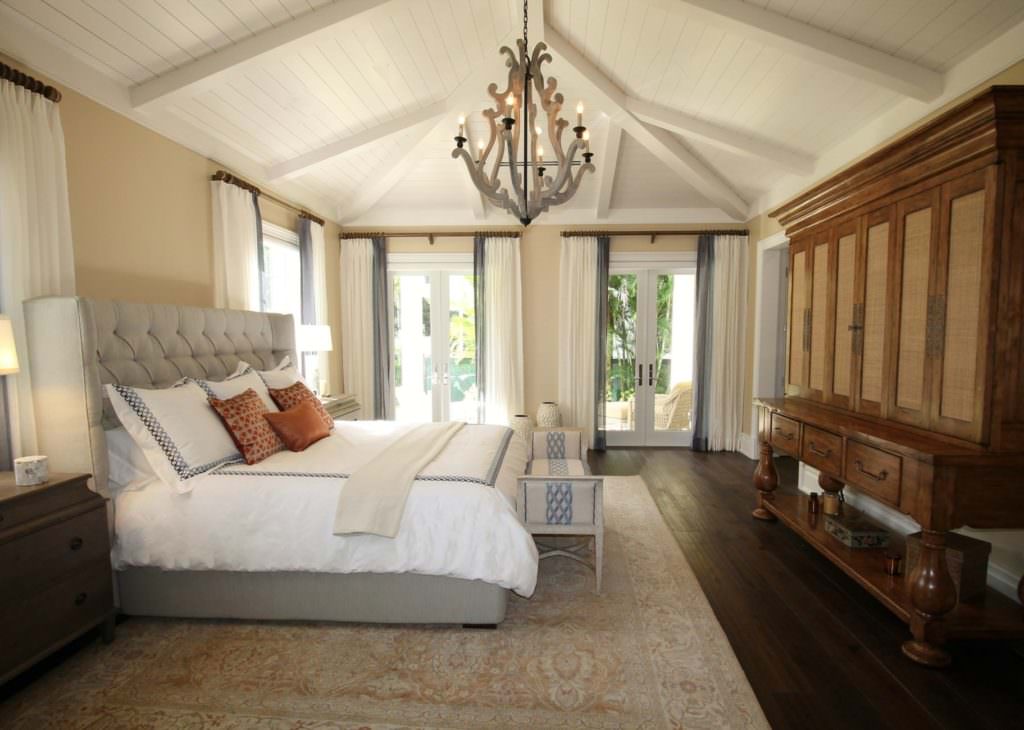Know the Difference: Wide vs Narrow Wood Flooring
Wood flooring has never been more popular, and it’s easy to see why. Alongside style and practicality, classic hardwood boasts unrivalled longevity, and charisma that is almost impossible to replicate.
But if you’re new to the wood flooring marketplace, it can be difficult to know which choice is best for your home. With so many variations available, it’s easy to get lost, especially if you don’t know what you’re looking for.
Whilst some alterations like species and shade are easy to understand, subtle changes to plank dimensions may appear to make less of a difference. However, the truth is wide and narrow wood planks offer very different benefits.
Whilst ultimately the choice is down to personal preference, here are a few things to keep an eye on when making your decision.

One of the most important things to consider when choosing between wide and narrow wood flooring is the aesthetic. Both choices can make dramatic differences to the appearance of the floor, even if the boards are manufactured from the same species of wood!
Narrow boards offer energy, formality, and intricacy. As more narrow planks can fit into a given space, this increases the number of joins and grooves that are visible. Consequently, the flooring can appear more complex, especially when paired with a bevelled edge.
On the other hand, wide boards allow the natural flair of the grain to shine. With a greater surface area on show, the naturalistic details of the wood are given space, exhibiting more depth, more texture, and more variation. Pair this with square edges and a high gloss finish for a seamless, airy look and feel.

Interestingly, it’s not always the size of your room that determines how big it feels! There are a number of factors that can open or close your interior space, including the width of your flooring.
As discussed above, narrow boards can make a room feel busier due to its high volume of joins. This is especially advantageous in extra-large spaces where the room can feel bare or sparse. Narrow wood flooring brings proportion to the space, filling the gaps with much needed character. This, however, may not work quite as well for those looking to achieve that popular minimalist aesthetic. Alternatively, narrow boards can be used to elongate corridors, utilising their uniformity to the advantage of the room.
Conversely, wide boards are particularly suited to small and moderately sized rooms. Unlike narrow wood flooring which tightens the space, wide boards are intrinsically more open. This allows for the impression of greater size, which may be needed if your room feels claustrophobic. Additionally, wide boards are somewhat more versatile than their narrow counterparts, and will prove a stunning addition to larger spaces too, emphasising the scale of the room.

Next to appearances, practicality is often a key aspect homeowners look for when choosing between products. Whilst it’s true that, once installed, there are only minor differences in the functionality of the flooring, fitting time can be drastically altered by the dimensions of the plank.
Although narrow boards are unique and eye catching, they can be somewhat problematic when it comes to installation. This is due to the additional quantity of planks needed to fill a room. Naturally, the fitter will have to spend more time laying your wood flooring, resulting in more time, and inevitably, more money. Even for experienced fitters, narrow planks require more cutting during the installation process. This, however, is dependent on the shape of your room.
Aside from taking longer to install, narrow planks are also more restricted in terms of subfloor. Concrete, plywood, and existing flooring will present minimal issues, whereas joists may be completely incompatible. This is because the smaller plank size may not rest properly over the gaps between the joists, thus requiring alterations. Consequently, wider boards are considered more versatile.

Wood flooring is known for being expensive. But with the right retailer and the right dimensions, it’s not uncommon to find a great product at an even greater price.
With solid wood, narrow boards are often cheaper, requiring less resources during manufacture. Wider boards have to be milled from a larger piece of timber. Put simply, the bigger the board, the more material used, and therefore, the higher the cost. This, however, is not always the case with engineered boards. This is because solid wood is only used to create a wear layer, which can vary irrespective of the plank width. As a result, it’s easier to find cheaper wide engineered boards compared to traditional hardwood planks.
It’s important to bear in mind that cost can be altered by other factors, such as species and finish. Make sure to thoroughly check the product details when purchasing your flooring. This will ensure that you’re making the right decision for your home.

Which style of wood flooring do you adore? Do you love the spontaneous grains of narrow boards, or the warm and welcoming character of wide planks? Don’t hesitate to let us know in the comment section below!
Alternatively, you can find us at Facebook, Twitter, and Instagram for the latest news, products, and updates!
This post appeared first on https://www.luxuryflooringandfurnishings.co.uk